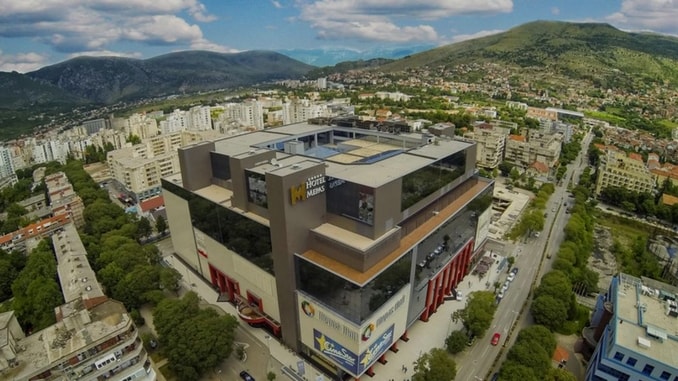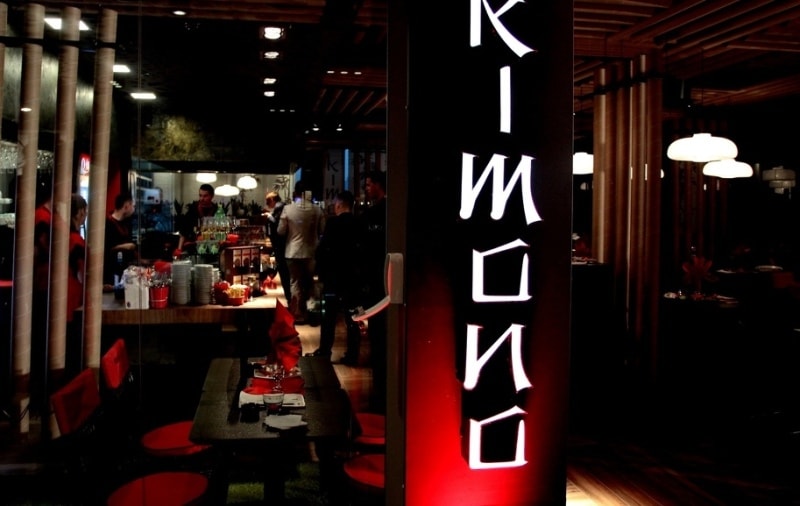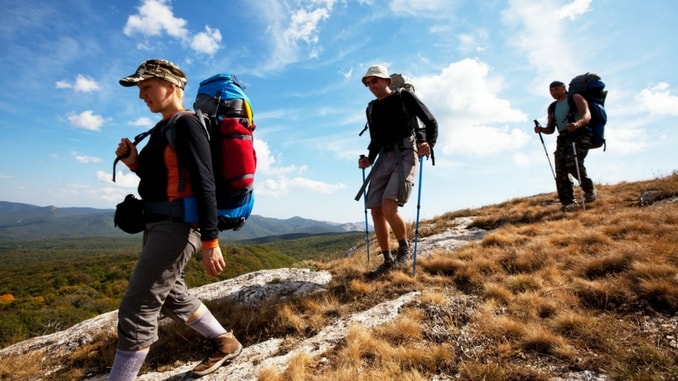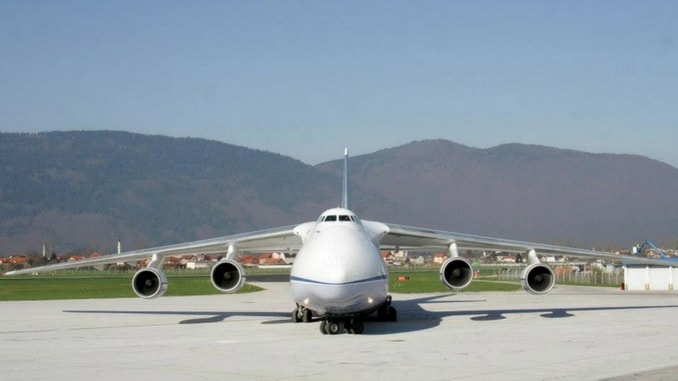This summer Balkan`s hottest emerging destination was the city of Mostar, situated on the south of Bosnia and Herzegovina. Alongside the many historical sites and beautiful architecture, this city also offers shopping malls for fashion lovers.
The Mepas Mall is the biggest shopping center in the region of Herzegovina that has the surface of 100.000 m². It is located at the crossroads of the street of Kardinal Stepinac and streets of Kneza Višeslava. As one of the most attractive locations in the center of Mostar, there are 3 level underground garage with 605 parking spaces, 7 above ground level, two floors of the hotel level, 4 panoramic elevators, and 5 cinemas.
This is the place where you can find leading high street brands like Zara, New Yorker, Bershka, Stradivarius, Pull&Bear, Benetton, Adidas and much more.
There are also lots of entertaining activities. Enjoy blockbusters and 3D projections in Cinestar movie theater, bowling or game of pool in the Bowling center, while the kids can spend time in good entertainment and sports activities in the playroom “Jungle”.
In case you have missed it, read our previous post – 5 Ways To Stay Upbeat On An Overcast Day in Mostar.
All of the food lovers can enjoy delicious treats at Restaurant Prestige.
This restaurant is located on the 4th floor in the Mepas Mall. The customers love to praise the chocolate soufflé dessert, lots of meals from Italian cuisine and also regional meals such as sheepskin cheese, Livanjski cheese, Herzegovinian prosciutto and Herzegovinian doughnuts.
Families with children can enjoy lunch at Prestige while the kids are well taken care of at the nearby children’s playroom Jungle.
In case you have missed it, read our previous post – Top 3 family restaurants in Mostar.








